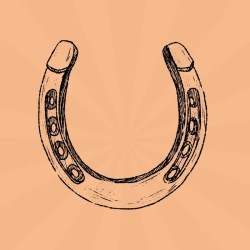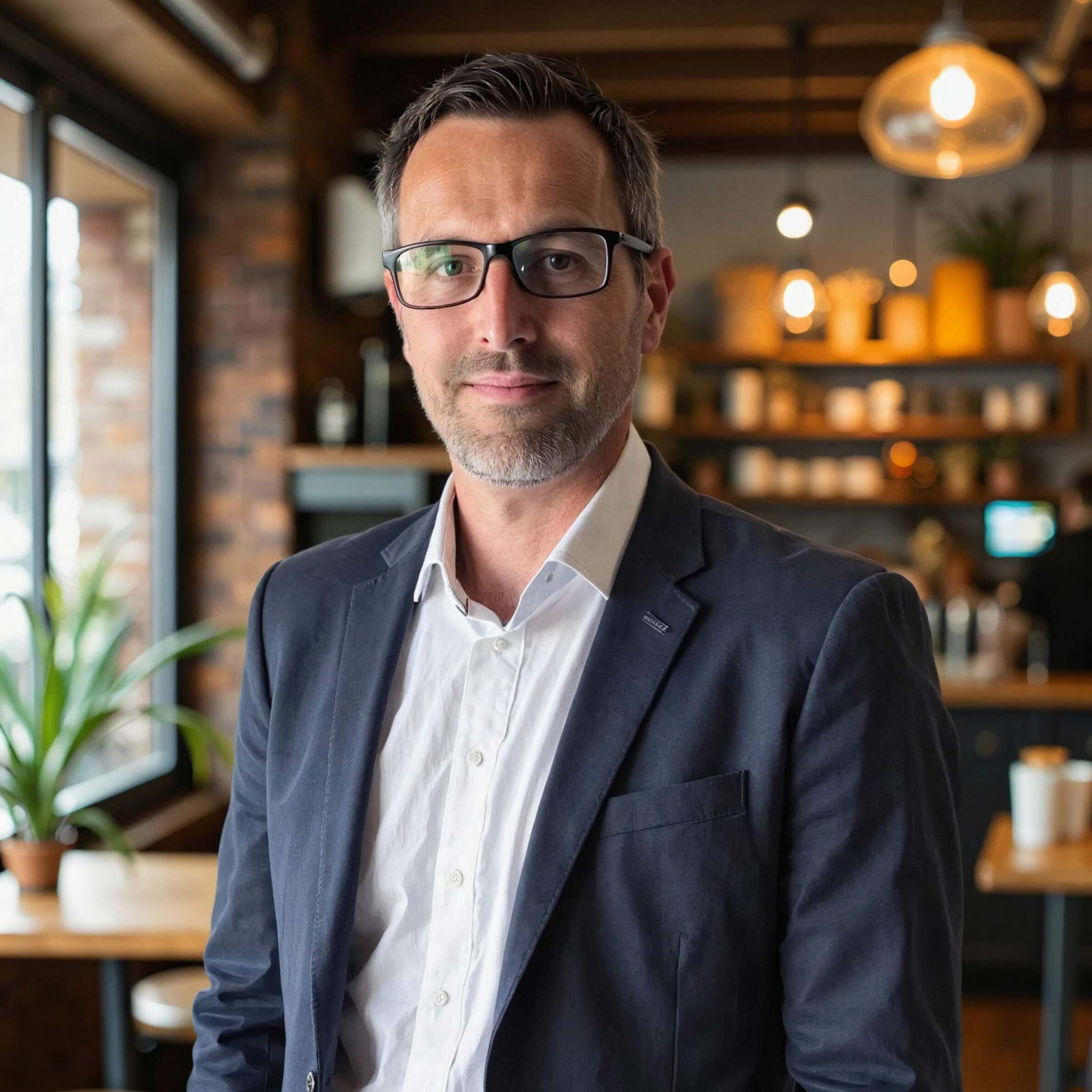Ever notice how the pursuit of peak performance sometimes feels like training for a marathon while wearing a heart-rate monitor, yet never actually feeling alive?
On this week’s episode of Daily Creative, I sat down with Dr. James Hewitt, human performance scientist and author of Regenerative Performance, and Jim Murphy, coach and author of the surprise bestseller Inner Excellence. Together, we explored why relentless optimization leaves us empty, and how the real path to creative excellence starts, paradoxically, by doing less—more thoughtfully. We went deep into topics like rhythm versus balance, the dangers of hyper-optimization, and how psychological renewal and heart training lead to lasting impact, not just fleeting metrics.
1. High performance isn’t built—it’s grown. No matter how much you quantify, hack, or optimize your habits, the deepest forms of excellence are cultivated over time, like a garden, not assembled like a machine. Both James and Jim reminded us that sustainable growth doesn’t result from push-push-pushing harder, but from observing your own unique natural rhythms. When you feel burned out or stuck, it’s rarely a sign to optimize more—it’s a signal to slow down and reconnect with what you love doing.
Where might you need to slow down in order to ultimately go faster?
2. Rhythm beats balance every time. James proposes ditching the myth of perfect balance, and instead embracing “rhythmic alternation”: deliberate cycles of intense effort, followed by intentional recovery. Most of us get stuck in the churn of middle gear—emails, meetings, distractions—without truly focused work or actual rest. The key is to proactively schedule breaks that restore you: think natural light, quick walks, brief chats, a few minutes just staring out the window.
When was the last time you deliberately planned a recovery period as part of your workday?
3. Optimization obsession backfires. The more we chase perfect data, sleep scores, or productivity hacks (hello, orthosomnia), the less life satisfaction we report. Hyper-optimization—trying to improve every metric at once—can leave us more anxious, disconnected, and weary than before. Performance dashboards don’t drive fulfillment; renewal does. So, it’s time to ask whether your next “hack” is moving you closer to the results that actually matter.
What optimization ritual could you actually pause, replace, or drop this week?
4. The greatest competitive edge is training your heart, not just your mind. Jim Murphy spent years in solitude discovering: the real game is about mastering your ego, self-centeredness, and the noisy “monkey mind.” True inner excellence means clarifying your values and training your heart to love what’s most empowering—even when it’s uncomfortable. It’s about becoming interruptible and compassionate, rather than hurried.
How might you reduce the “noise” – cognitive and emotional – you experience each day?
5. Vulnerability and suffering are prerequisites for meaningful creative work. Let’s be honest—being creative requires risk. Vulnerability isn’t optional; it’s the path. Both research and experience show that we reach our potential only by stepping into discomfort, risking failure, and accepting the possibility of rejection. As Jim puts it, the law of growth means clinging to comfort will shrink your life, but giving it up can expand it.
When have you most recently risked looking foolish for the sake of your work, and what did you learn?
It’s easy to fall for the myth that more metrics and optimization will deliver better results. But as James shared, “Performance isn’t about doing more. It’s about learning when to let go.”
And as Jim reminds us, “You can’t be in a hurry and be compassionate.”
















